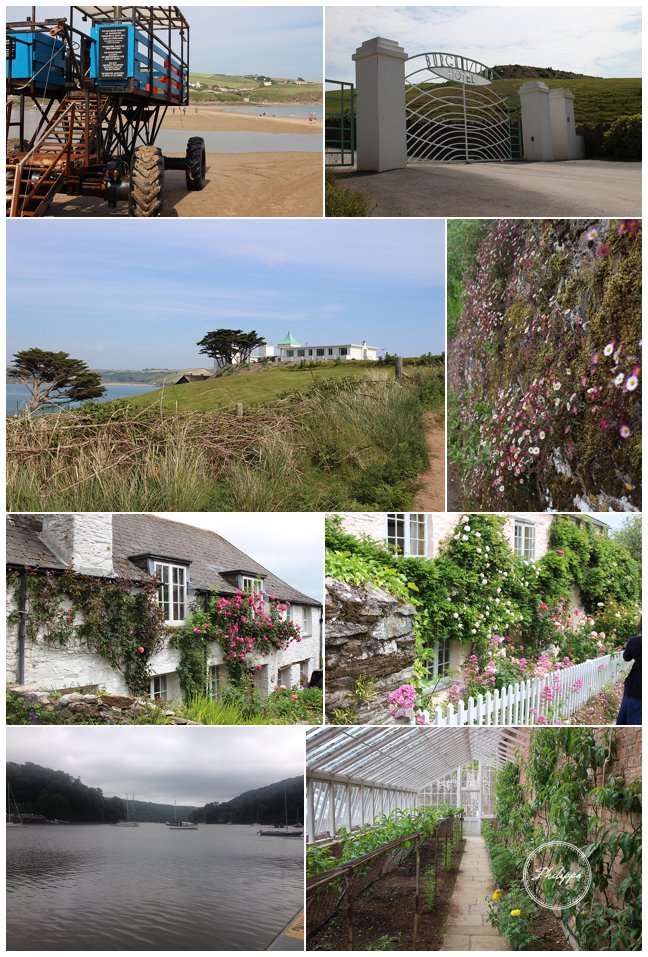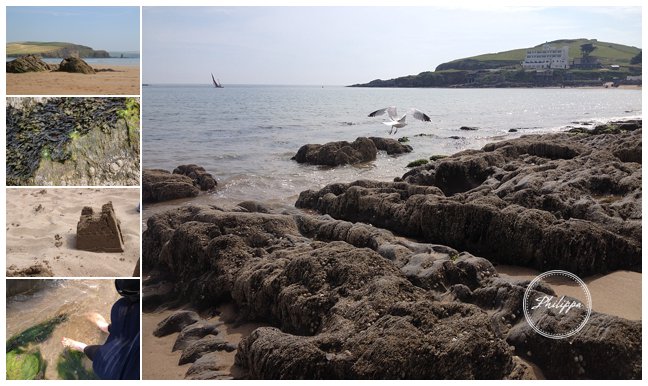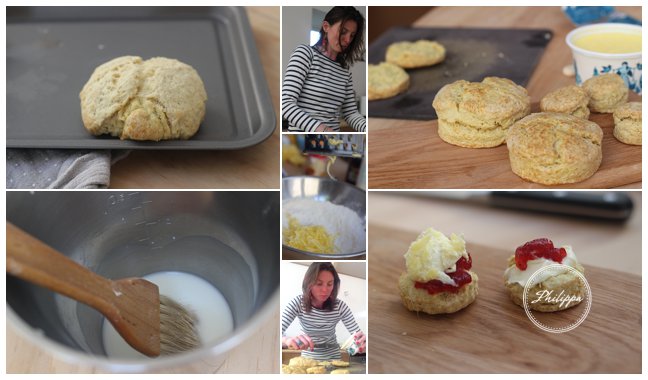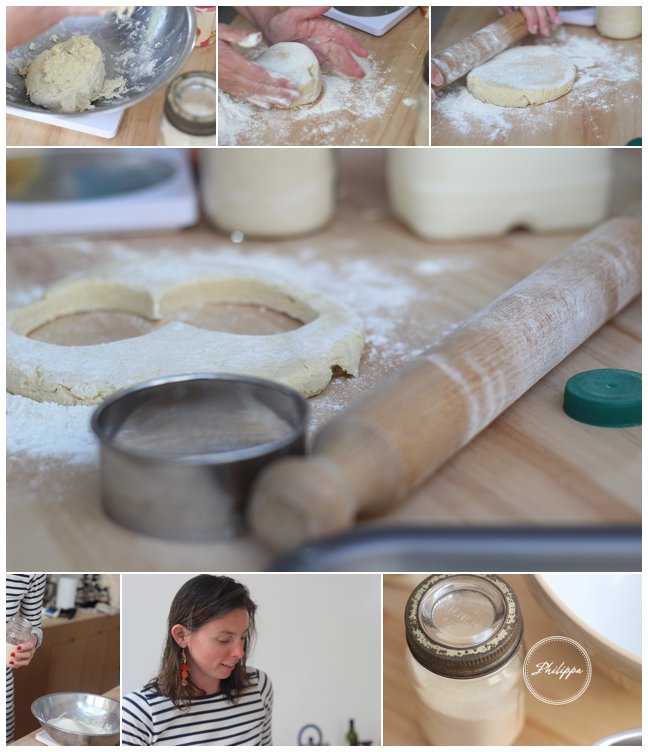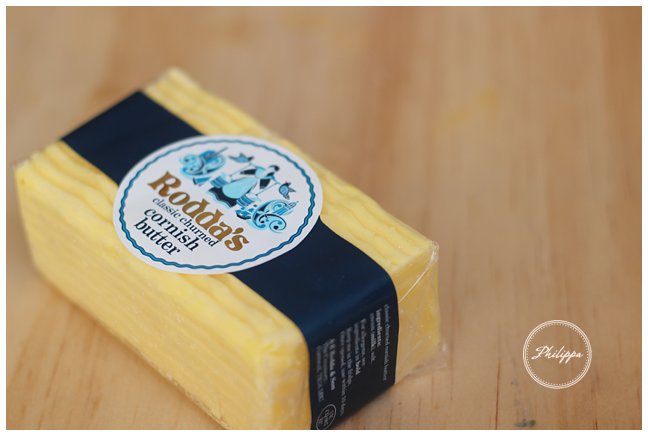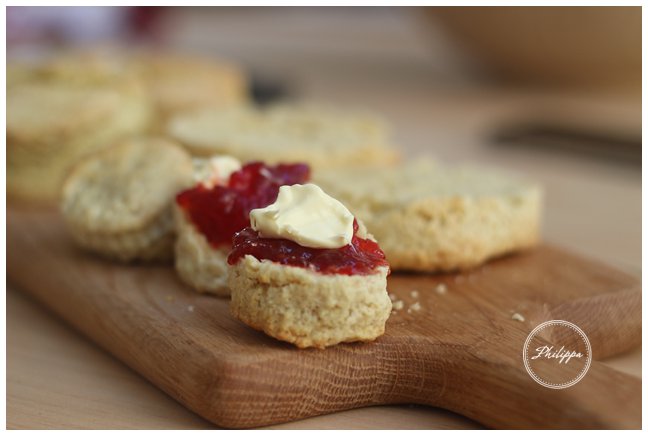Appointment with Devon
This week I’m using my ‘little grey cells’ with my trusted chef friend from Devon to solve a West Country problem, but first….
It is once again the foodie world equivalent of the Oscars (though probably involving shorter heels and less double-sided sticky tape) and voting will soon close for the annual Observer Food monthly awards.
I would be delighted if you would like to nominate Philippa Davis postcard recipes into their ‘Best Food Blog’ category.
Nominations can be made by following this link
Voting closes 30th June.
A huge thanks and appreciation for you support,
Philippa x
And now….
Having successfully painted the Emerald Isle red, I moved on to give the West Country a turn. Steaming through the rural landscapes I arrived in Devon with pearls and twinsets at the ready, home to Agatha Christie and supposedly cream teas.
On the wild off-chance that you are unsure of what a cream tea might consist of, by my standards its scones (freshly baked unless you want raised eyebrows), clotted cream, strawberry jam and naturally lashings of tea. Our problem was which should be applied to the scone first, the cream or the jam ? So with Poirot and Hastings like dedication, we set about our task.
For something so charming as a cream tea there is actually a dark undercurrent of controversy. There have been bickering’s, petitions and strong words exchanged as to where it originates from and so who can actually lay claim to being the true home of this afternoon treat. We did a bit of research and with Devon and Cornwall being the main contenders (and my affections lying in Dorset) I’m not going to get too concerned and am going with it’s ‘a West Country thing’.
Scones themselves most likely originate from Ireland so no points to either county there. Clotted cream was most likely bought over from what’s now Lebanon and Syria to Cornwall in approximately 500BC by the Phoenicians who where in search of tin. The recipe was given in part exchange for the metal (an excellent trade I think) and so again neither county edges into the lead.
Moving onto the practical side we both made a batch of scones. ‘Hastings’ with her heirloom Devon secret list of ingredients that produced a super rise and me with my recipe that although I am unsure of its origins has faithfully helped me produce over18,000 of the little fluffy light morsels over the last 6 years (I’m not exaggerating and got my Ph.D. maths friend to check my figures).
Luckily for our friendship it was not the best scone recipe which was in dispute. The real contention we were focusing on was how to assemble the scone once made.
In Devon they like to slather the scone with cream then top with jam but in Cornwall they insist on doing it the other way round.
We diligently tried both and after much tasting, considerations, note making and debate I concluded….who cares!? As long as its piled high with both it’s totally delicious.
My Devon friend tried to be a little more opinionated and swayed to her county ways of doing things but I did notice whilst my back was turned ‘the incredible theft’ happened and the Cornish style one disappeared with only a scattering of crumbs remaining.
I will happily leave you to dictate how you assemble your scone but for this postcard I give you my scone recipe.
This Week
I would love: you to vote for Philippa Davis postcard recipes as the Best Food Blog in the Observer Food monthly VOTE
Every good West Country home should have: clotted cream and strawberry jam at the ready.
Scones eaten: too embarrassed to say.
Mysteries solved: 0 (I know, Agatha would have been disappointed).
Modes of transport :Sea Tractors, boats, trains, Flybe flights and a nanny wagon.
Scones
Scones should be eaten on the day of making which should not be a problem as they generally disappear within minutes…
(Make approx 6)
8 oz Self raising flour plus a little extra for rolling)
1 tsp. baking powder
2 oz caster sugar
2 oz cold butter
110ml cold milk plus 1 tbs.
To serve clotted cream (Rhodas from Cornwall is my favorite), strawberry jam and loose leaf tea in a cup and saucer.
Pre heat the oven to 190° C
In a bowl briefly whisk the flour with the baking powder and sugar.
Grate in the butter using the large side of a grater.
Mix in using our fingertips until it resembles breadcrumbs.
Pour in the milk and bring together into a ball (you can add a splash more milk if needs but DO NOT over handle the dough).
Lightly dust a work surface with flour and roll out the scone to 2 cm thick.
Cut them out and place them on a baking sheet so almost touching and lightly brush with milk.
Bake for 10 mins or until risen and slightly golden
Once cooked leave to cool for a couple of minutes then split open horizontally and slather with clotted cream and strawberry jam in which ever order you see fit.
Tips
To help your scones give an even rise;
1) Dip your cutter in between each scone into a little bowl of flour, this prevents sticking and gives a more even rise.
2) Do not twist your cutter, plunge straight down and up – this again helps with an even rise.
3) The scones seem to form a better shape if once cut you turn them upside down on the baking tray before cooking.
4) Cut your scones close together to get the most out of your dough without having to re roll and over handle it.
Next I’m heading off to cook for a 4 day party extravaganza for 100 revellers….


